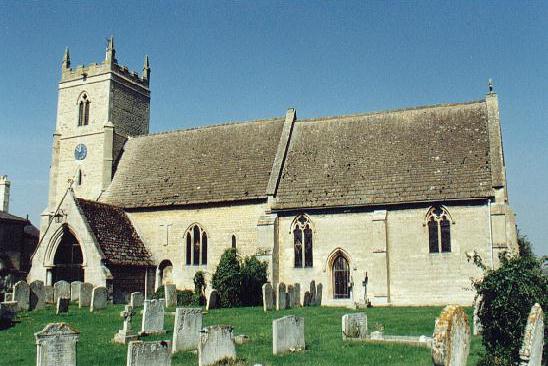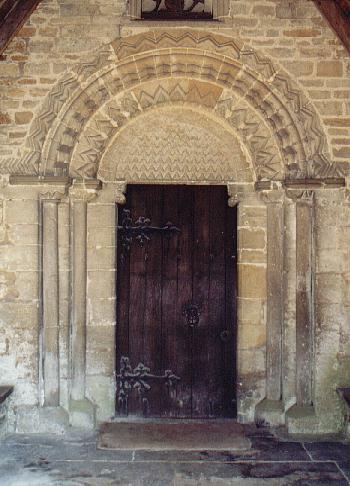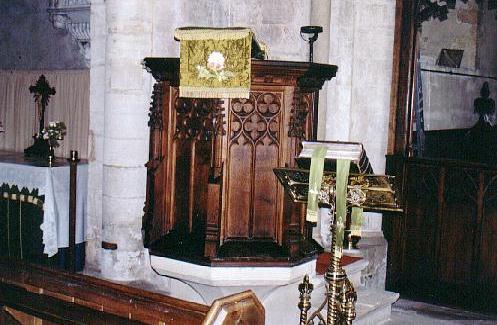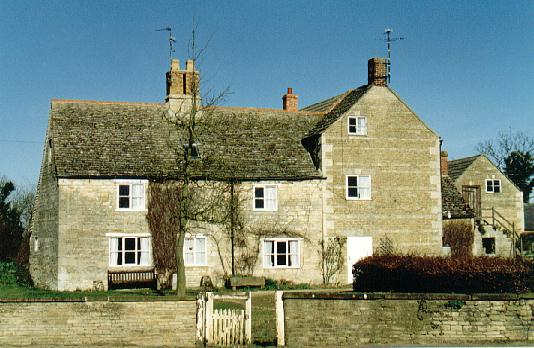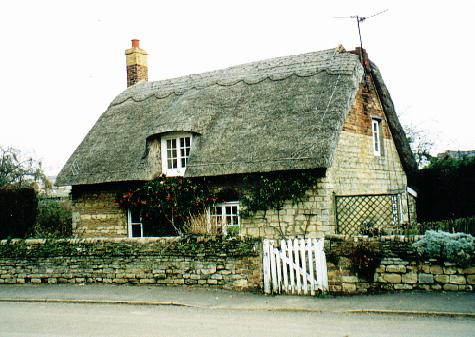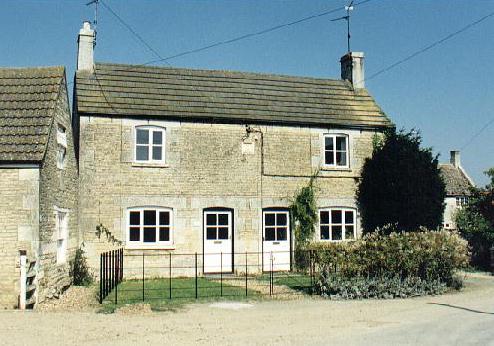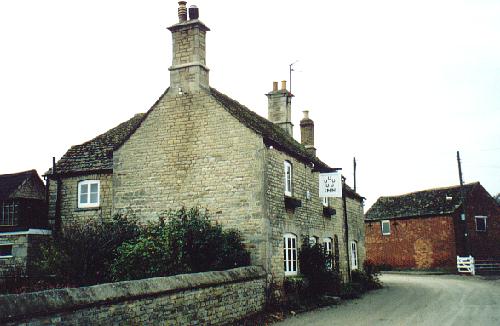|
Barholm Grey stone cottages
and farm buildings line the winding road through Barholm, a quiet backwater off the A15 eight miles south west of Bourne, that the noisy 20th century seems to have passed by.
Time has been kind to its church and even during the Civil War, money was found
to give it a new tower and a quaint inscription records the event:
Was ever such a thing
St Martin's Church dates from the first half of the 11th century but the original Saxon church has been largely rebuilt. It consisted of a nave, possibly shorter than the present one, a short chancel and possibly a west tower. A north aisle was added in the 12th century, the chancel arch rebuilt and a new south door inserted. A new chancel was built in the 13th century and there were few later alterations except for the rebuilding of the tower in 1648.
The Saxon-Norman south door is a fine piece of work and owes its state of preservation to having been plastered over until 1855 when the plaster was removed by the then vicar, the Rev William Turner. The arch bears a saw-tooth or zigzag pattern that also occurs on the tympanum while the scalloped capitals resemble those on the north arcade pillars inside.
The statue over the door, representing St Martin dividing his cloak with the poor man, was installed during the incumbency of the Rev Henry Fortescue Ostrehan (1906-26). The church was extensively renovated during 1999 at a cost of £40,000 that was raised through donations and grants. The work included re-pointing the tower, new electrical wiring and the refurbishing of the bells, the earliest of which is dated 1400.
This is Banks' Farm, named after an old family that once lived here and some of them, mainly from the 19th century, are buried in the village churchyard with tombstones that bear witness to their wealth and standing in the community. They must also have been an important family in the life of the church because two of them are buried near the church entrance in a grave marked by a very grand memorial inscribed: "Sacred to the memory of Thomas Banks who departed this life 19th August 1811, aged 71, and his wife Elizabeth, 9th August 1813, aged 77."
The focal point of social activity is the village public house, the Five Horseshoes, small and intimate and unchanged for centuries, and hub of local gossip where even a strange car passing through brings customers rushing to the windows for a closer look. Earlier this century, the landlord of the Five Horseshoes agreed to abide by a contract drawn up by the local parson to reward the work of the village blacksmith with the church choir over a number of years. The clergyman issued a certificate saying: I request that on the three great feasts of Christmas, Easter and Whitsun, the licensee of the Five Horseshoes gives on each feast one ounce of tobacco and two pints of beer to William Dack, who shall name and choose such brands as he may favour, and that this arrangement shall continue for his lifetime. I agree that on presentation of a bill by the licensee of the Five Horseshoes, I will pay the cost. See also John Owen Flint
Go to: Main Index Villages Index |
